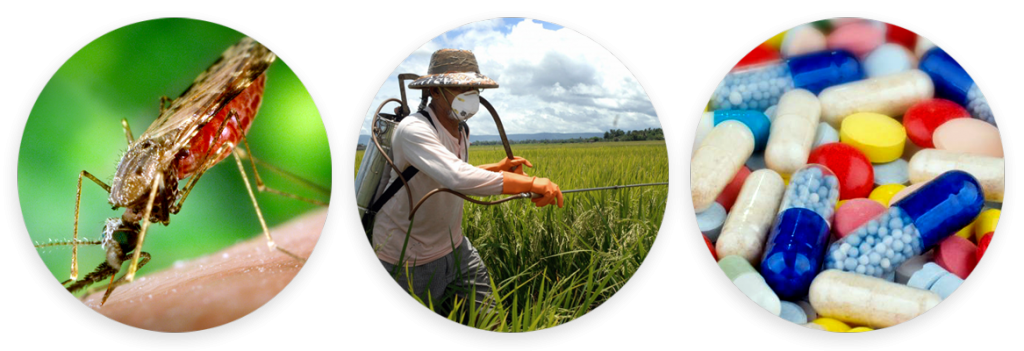
The scientific aim of #MelanogasterCTF is to identify the genetic changes, molecular mechanisms, and phenotypic (observable) characters that are the most relevant in explaining the adaptation of organisms to different environmental conditions.
Understanding adaptation is very valuable in biology because it gives us a greater understanding of how organisms adjust to new conditions and biological scenarios. For example, understanding how the adaptation process occurs can help explain how viruses infect new hosts or how bacteria can resist the effects of certain antibiotics; as well as how some cells can adapt and resist chemotherapy treatments, and how pests can adapt and develop resistance to certain insecticides.

 Understanding the genetic basis of adaptation can provide us with relevant insight into areas of high economic and social impact, such as medicine, health, agriculture, and climate change. A greater understanding of each of these issues brings enormous potential for achieving greater social well-being.
Understanding the genetic basis of adaptation can provide us with relevant insight into areas of high economic and social impact, such as medicine, health, agriculture, and climate change. A greater understanding of each of these issues brings enormous potential for achieving greater social well-being.
To understand how organisms adapt to the environment, we must first identify what is changing within the organism and how it is changing. In biological terms, this means identifying which genes are involved in the process of change, and what molecular mechanisms they are acting through.
To do this, it is necessary to analyze organisms that both live in, and are exposed to, different environmental conditions, sequencing their genomes, and identifying changes or mutations. A suitable organism to carry out these types of genetic studies is a fruit fly that goes by the scientific name, Drosophila.

